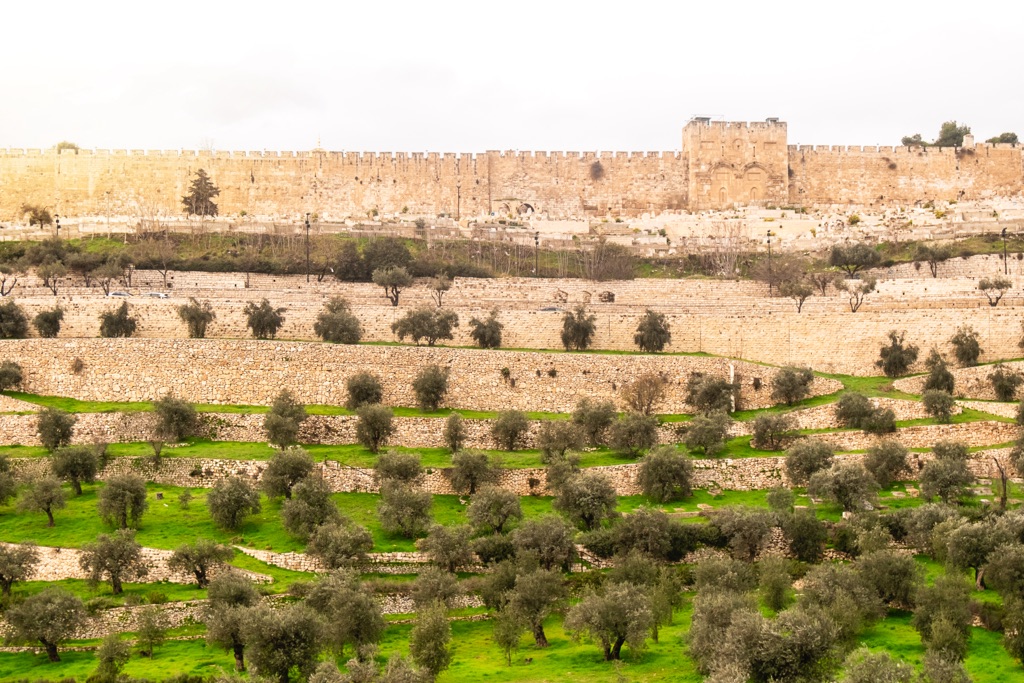We look into the significance of the anointing of Jesus by Mary, a moment that marked both a royal and a burial ceremony. The apostles misunderstood this moment. We also discussed the Passover meal, where Jesus announced the new covenant and instituted communion. He also announced the new covenant from God to his people. We see that Jesus’ foretelling of Peter’s denial came true as Peter denied knowing Jesus three times.
Failing to follow the normal trial procedures, the trial was nothing more than trumped-up charges against Jesus. Despite the lack of evidence, Jesus was condemned to death. On Good Friday, Jesus was brought to Pilate by the chief priests. In a cruel mockery, Jesus was crucified as the “King of the Jews”.
The faithfulness of the women who followed Jesus stood in stark contrast to the apostles who had fled. After Jesus’ death, Joseph of Arimathea requested Pilate for Jesus’ body, which was then placed in Joseph’s tomb. Lastly, we discussed Jesus’ resurrection. Upon finding the empty tomb, the women were told by a man in a white robe that Jesus had risen and that they should tell the disciples and Peter to meet him in Galilee. This is where the Book of Mark ends, leaving us to ponder on the significance of Jesus’ death and resurrection in relation to our salvation.

